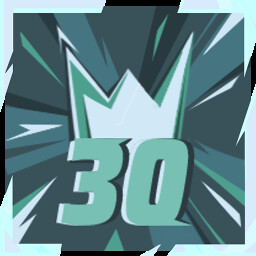Install Steam
login
|
language
简体中文 (Simplified Chinese)
繁體中文 (Traditional Chinese)
日本語 (Japanese)
한국어 (Korean)
ไทย (Thai)
Български (Bulgarian)
Čeština (Czech)
Dansk (Danish)
Deutsch (German)
Español - España (Spanish - Spain)
Español - Latinoamérica (Spanish - Latin America)
Ελληνικά (Greek)
Français (French)
Italiano (Italian)
Bahasa Indonesia (Indonesian)
Magyar (Hungarian)
Nederlands (Dutch)
Norsk (Norwegian)
Polski (Polish)
Português (Portuguese - Portugal)
Português - Brasil (Portuguese - Brazil)
Română (Romanian)
Русский (Russian)
Suomi (Finnish)
Svenska (Swedish)
Türkçe (Turkish)
Tiếng Việt (Vietnamese)
Українська (Ukrainian)
Report a translation problem


 Airdrie, Alberta, Canada
Airdrie, Alberta, Canada 
















Ich gained him popularity among the locals of the towns that he frequented. However, Escobar was vilified by the Colombian and U.S. governments,[7] who routinely stifled his political ambitions and pushed for his arrest, with Escobar widely believed to have orchestrated the DAS Building and Avianca Flight 203 bombings in retaliation.
In 1991, Escobar surrendered to authorities, and was sentenced to five years' imprisonment on a host of charges, but struck a deal of no extradition with Colombian President Cesar Gaviria, with the ability of being housed in his own, self-built prison, La Catedral. In 1992, Escobar escaped thday.[9]
In 1976, Escobar founded the Medellín Cartel, which distributed powder cocaine, and established the first smuggling routes into the U.S. Escobar's infiltration into the U.S. created exponential demand for cocaine, and by the 1980s, it was estimated Escobar led monthly shipments of 70 to 80 tons of cocaine into the country from Colombia. As a result, he quickly became one of the richest people in the world,[3][4] but consistently battled rival cartels domestically and abroad, leading to massacres and the murders of police officers, judges, locals, and prominent politicians,[